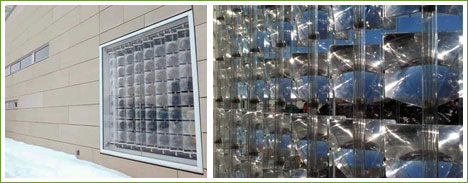Thursday, March 18, 2010, 10:50 AM
Posted by Administrator
I have written before about our project here to reduce the amount of paper we use, store and distribute. That project I'm happy to say has had an impact on our paper use. However, I can not say whether or not the receiver of the data is printing at their end. I'm fairly certain in most cases that only the required sections of documents are being reproduced.Posted by Administrator
Hopefully we are part of a significant trend. I just read an article on CNN that covers this topic. A snip from the article follows:
------------------------------------------------------------
There are plenty of motivating factors that would push managers to adopt the idea of a paperless office. Cost saving is one. Paperless-office advocates say they save the cost of paper, envelopes, postage, couriers, printers, copiers and, of course, filing cabinets.
The idea of helping the environment also might push a change in behavior, Shane said.
That's the motivation behind Gutsche's paperless office, his second such system after going through the shift with his previous employer, Capital One.
Three major factors will drive the paperless office movement, says Gutsche: ecological, technological and generational.
"The world's getting more obsessed with eco," said Gutsche, in this case the idea of saving paper and conserving trees. "Eventually it's going to get to a point where it's going to seem awkward when you see someone having something printed."
-----------------------------------------------------------
Hopefully, we will see a lot more of this transition to a paperless or greatly reduced paper use system.
To read the whole article, follow the related link below.



 Calendar
Calendar




